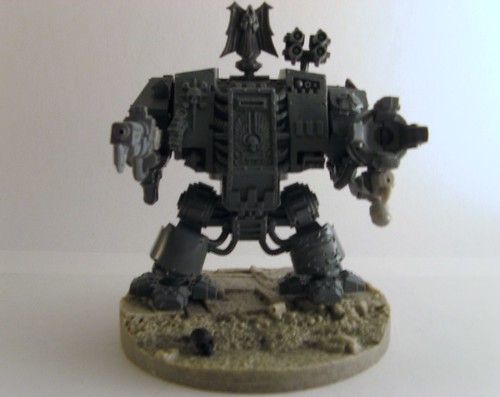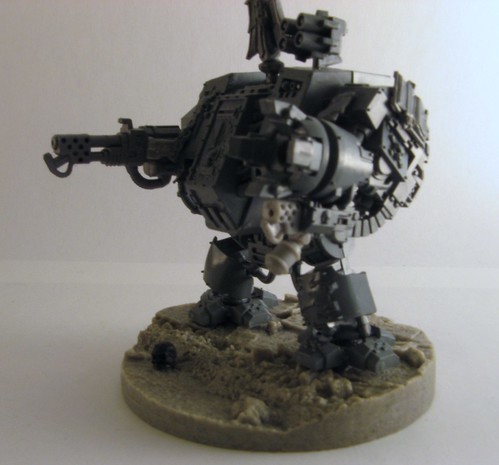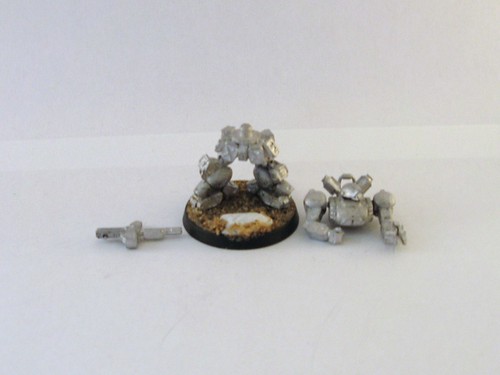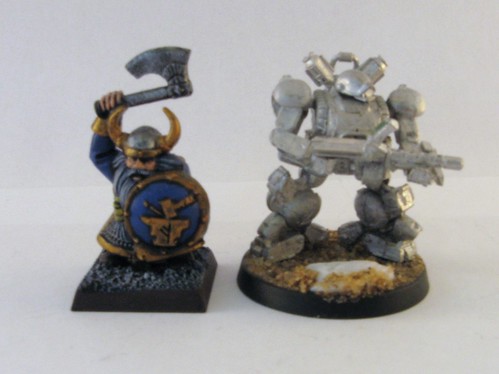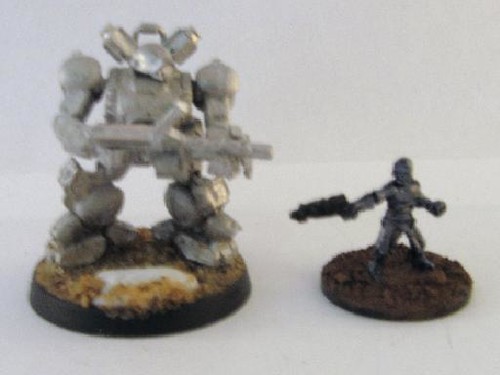This is where batch painting comes in.
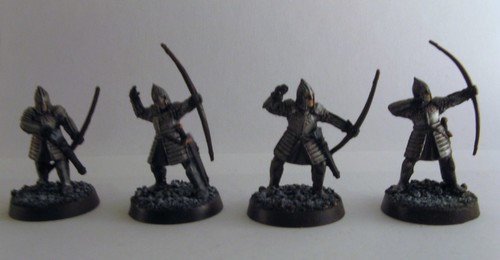
These archers aren't going to win an prize, but I painted 8 of them up in less than 2 hours while doing other things.
There are several secrets to batch painting.
Plan
- pick a limited number of colours and try to stick to them.
- know how detailed you want the models to be ie base coat, wash, highlights.
Tools & Techniques
- When painting a large number of figures, things like drybrushing metallics are a good time saving measure.
- Production line - give all the models one colour at a time ie do all the models armour at once. This means you get everything finished quicker and because you do the same thing again and again, you get better at it and pick up your mistakes.
The final rule is this - know when to stop. Painting OCD kills projects stone dead as you try to paint every figure to the highest standard that you can. Remember the two feet rule (if it looks good from two feet away, it is ok for rank and file) and stick to it.
There have been some recent developments that aid swift batch painting.
Foundation paints (GW paints that give decent coverage in one coat).
GW washes (washes that go pretty well with foundation paints).
GW is the biggest supplier of acrylic model paint to wargamers mainly because so many people started gaming with GW and they cross promote their paint range so well. For basic techniques GW paints are pretty good.
The LOTR Gondor archers above were spray undercoated black.
A boltgun metal drybrush was applied to the armour.
A brown ink wash was applied to the armour.
A light mithril silver drybrush was applied to the armour.
The gloves were touched up with black.
The cloth was painted graveyard earth.
The bow and leather were painted charred brown.
The face was painted bronzed flesh.
The base was drybrushed with codex grey and then another lighter grey (which was used on the feathers on the arrows).
The model isn't perfect. Not by a long way. If I were painting it now I'd wash the face with Ogryn flesh wash and add a dose of magic wash at the end. However the models look fine from two feet away.
I think the grim realisation we must come to is that no one cares if you wet blended your goblin spearmen or skaven slaves. Your Shamen on Wyvern or Screaming Bell? Yes, because those are display pieces. Your sixth rank of clanrat pushers around the bell? Not so much.
